Yoga is a practice that has transcended cultural boundaries, adapting and evolving over thousands of years. A common question many practitioners ask is, “Do you wear shoes for yoga?” The answer is not as straightforward as it may seem. In this article, we will explore the various considerations surrounding footwear in yoga, including cultural practices, personal preferences, and the physiological benefits of going barefoot.
Understanding Yoga Practice
The Origins of Yoga
Yoga originated in ancient India and has become a global phenomenon. Traditionally, yoga was practiced barefoot on mats made from natural materials. The connection to the earth and the sensation of grounding one’s body is central to the practice.
Modern Yoga Styles
Today, yoga encompasses various styles, including Hatha, Vinyasa, Pilates, and Hot Yoga. Each style may influence whether practitioners choose to wear shoes. For example, Hot Yoga classes often take place in heated rooms, and the risk of slipping increases with sweat.
To Wear or Not to Wear Shoes: Pros and Cons
Benefits of Going Barefoot
- Improved Balance: Without shoes, you have a better connection to the ground, aiding in balance and stability during poses.
- Enhanced Flexibility: Bare feet allow for greater range of motion and flexibility in the toes, feet, and ankles.
- Better Body Awareness: Feeling the mat underfoot helps develop proprioception, enhancing body awareness.
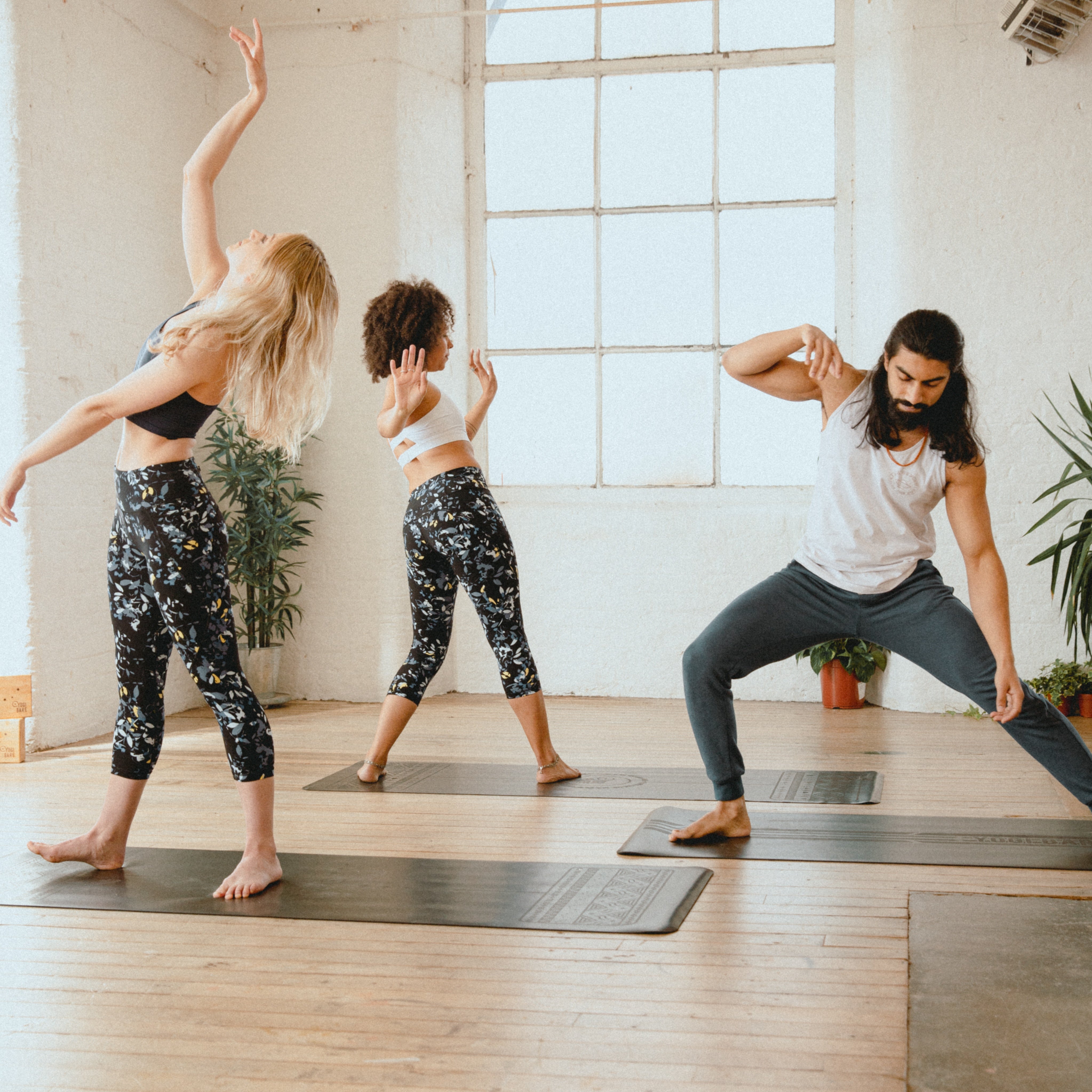
When Shoes Might Be Beneficial
- Foot Support: If you have existing foot conditions, shoes may provide necessary support.
- Hygiene: In certain studio environments, wearing shoes may feel cleaner and more comfortable, especially in public spaces.
- Protection: Shoes can protect your feet from sharp objects or rough surfaces when practicing outdoors.
Choosing the Right Footwear for Yoga
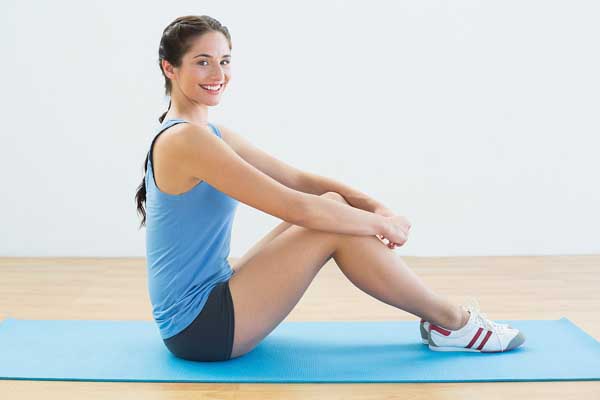
Types of Yoga Shoes
If you decide to wear shoes while practicing yoga, consider the following types:
- Yoga Socks
- Socks with grips on the bottom can provide traction while allowing for a barefoot-like experience.
- Minimalist Shoes
- These shoes are designed to mimic the feeling of being barefoot, with thin soles and flexible materials.
- Cross-Training Shoes
- If you engage in other forms of exercise along with yoga, cross-training shoes can provide versatility.
Best Practices for Selecting Yoga Footwear
- Test for Comfort: Ensure that any footwear you choose is comfortable for your feet.
- Check for Flexibility: Look for shoes that allow for natural movement of your feet.
- Evaluate Traction: Good grip is essential to prevent slipping during practice.
Yoga Mats and Footwear Compatibility
Choosing the Right Yoga Mat
Using shoes can change the traction dynamics of your mat. A mat with more grip is preferable if you wear shoes:
- Natural Rubber Mats: Excellent grip for both barefeet and shoes.
- PVC Mats: Offer great durability and support but may be slippery when wet.
- Cork Mats: Eco-friendly option with natural grip that works well barefoot.
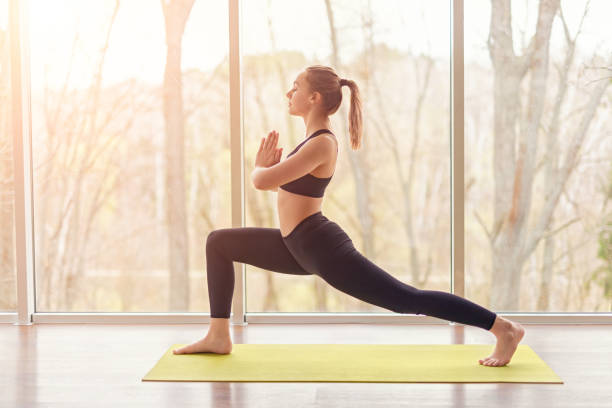
Comparison Table: Yoga Mats
| Mat Type | Grip | Eco-Friendly | Durability |
|---|---|---|---|
| Natural Rubber | High | Yes | High |
| PVC | Medium | No | Very High |
| Cork | High | Yes | Medium |
Local Insights and Cultural Practices
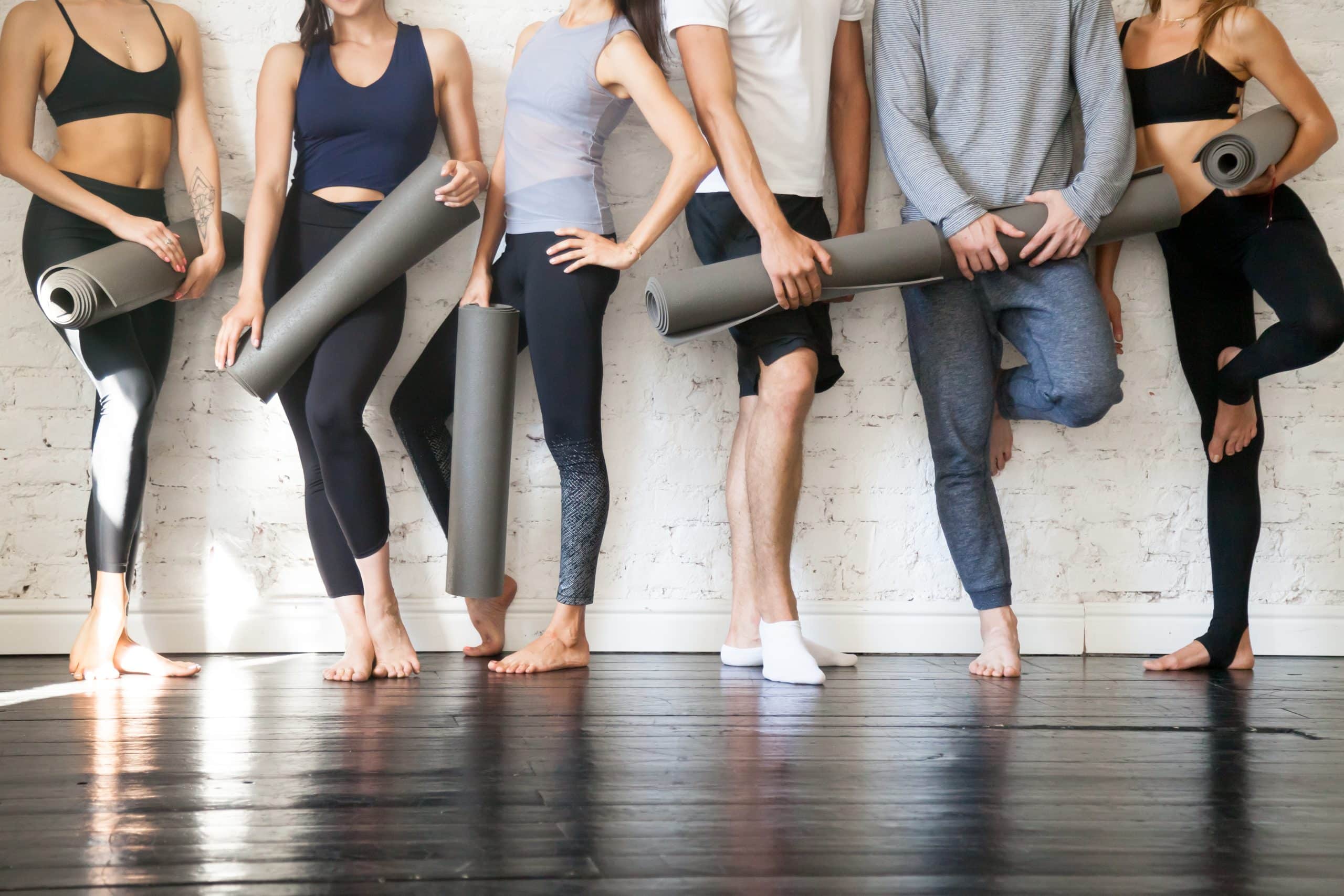
Regional Preferences in the USA
In various parts of the USA, the approach to yoga footwear can vary widely. For instance, in urban centers like New York and Los Angeles, you’ll find studios that encourage barefoot practice, whereas outdoor yoga classes may see practitioners wearing shoes. This is largely influenced by the environment and the studio culture.
Community Opinions
Community members often express their feelings about footwear in yoga. Many yogis advocate for the benefits of maintaining a connection to the earth during practice, while others prefer to maintain foot protection for health reasons.

FAQs About Wearing Shoes for Yoga
Should beginners wear shoes for yoga?
Beginners may find it beneficial to practice barefoot to develop balance and stability, but wearing shoes can be helpful if they feel more comfortable that way.
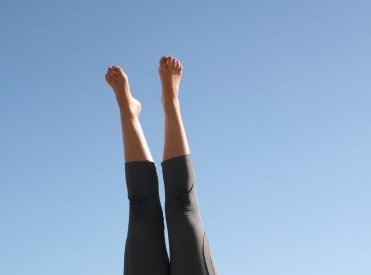
Is it common to wear shoes for yoga?
Most yoga practitioners opt to go barefoot; however, regional practices may influence individual choices.
What are yoga socks?
Yoga socks are specially designed with grips to provide traction while allowing more freedom than traditional footwear.
Are there specific shoe brands recommended for yoga?
Brands like Vibram and Altra focus on minimalist footwear that may suit yoga practitioners.
Conclusion: Finding the Footwear That Works for You
The choice of whether to wear shoes for yoga ultimately depends on personal preference, comfort, and specific needs. Whether you choose to go barefoot or sport a pair of yoga shoes, the focus should always be on your ability to perform poses effectively and safely. Contact local yoga studios for guidance on their policies and recommendations regarding footwear to ensure you have the best experience during your practice.